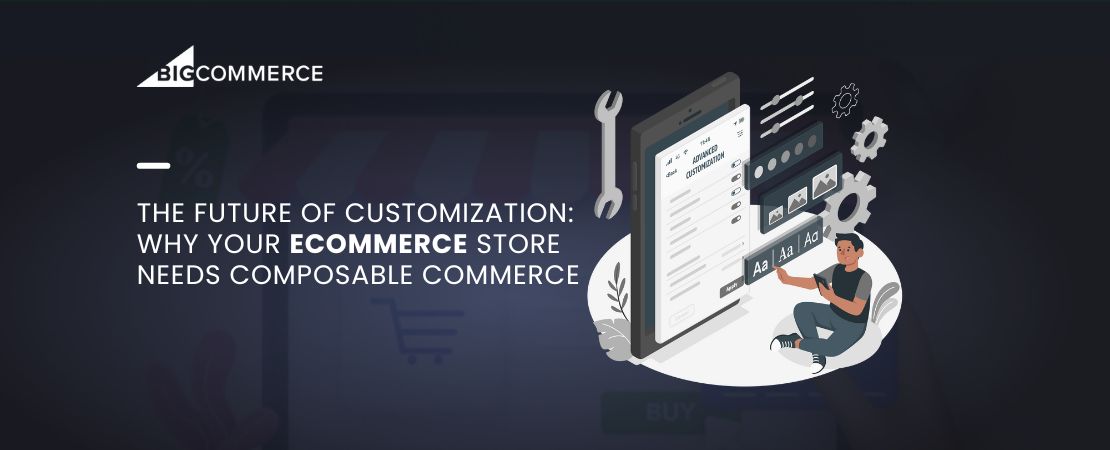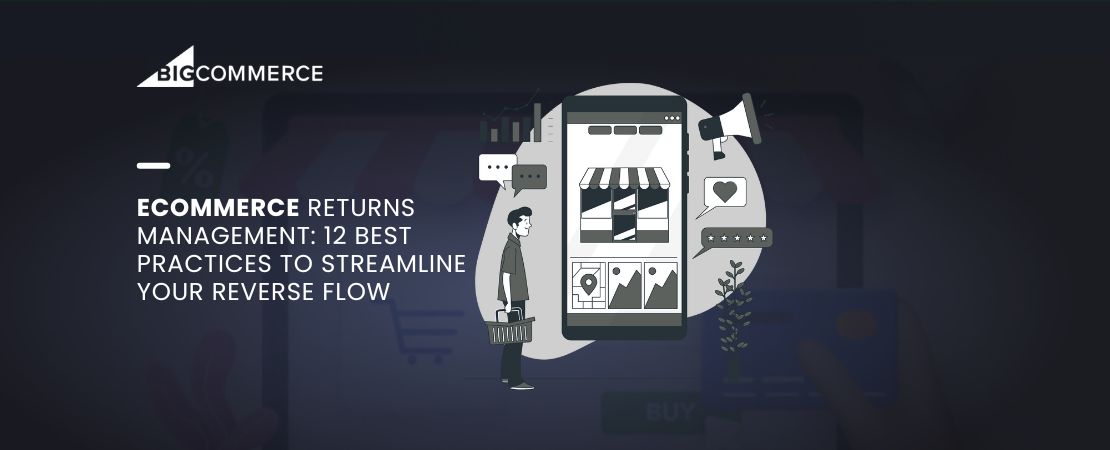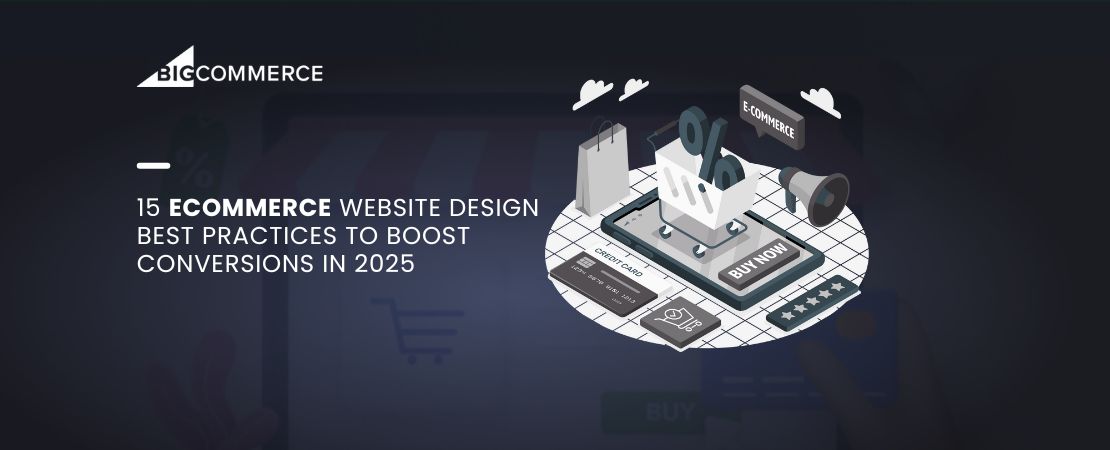The world of eCommerce is undergoing rapid transformation. Consumers today expect tailored shopping experiences, fast performance, and seamless interactions across multiple platforms. This shift in expectations has driven many businesses to move away from traditional, rigid eCommerce systems toward more flexible solutions. Enter composable eCommerce, an innovative approach that allows businesses to build a customized, scalable, and agile online store.
But what exactly is composable eCommerce, and why is it important for your business? In this blog, we’ll dive into why adopting a composable commerce solution is crucial for the future of your eCommerce store and explore how it compares to traditional approaches.
Read Also: Transforming Headless Commerce – Exploring BigCommerce’s Catalyst
What is Composable eCommerce?
Composable eCommerce refers to an architecture that enables businesses to build their store using best-in-class, modular components. This approach allows businesses to select and integrate individual services—such as product management, checkout, or payment processing—rather than relying on a one-size-fits-all platform.
This level of customization lets you create a flexible, future-proof eCommerce store that evolves with your business needs. With composable commerce solutions, you can easily integrate new technologies, respond to market changes, and personalize the customer experience.
Understanding Traditional Monolithic eCommerce Platforms
Traditional eCommerce systems are often referred to as monolithic platforms. These platforms come as all-in-one packages that include everything from product catalogs and shopping carts to customer management and analytics. While convenient, they have significant limitations when it comes to customization, scalability, and innovation.
Limitations of Monolithic Platforms
– Rigid Architecture: Changing or adding one feature in a monolithic platform can disrupt other parts of the system, making updates or integrations difficult.
– Slow Development Cycles: Businesses relying on monolithic platforms may find it hard to innovate or keep up with new trends. Updates typically require significant development resources and time.
– Lack of Flexibility: These platforms are often bloated with features you may not need, and removing or customizing those features is difficult.
In a world where eCommerce businesses need to be agile and responsive, monolithic platforms tend to hold businesses back.
Modular vs. Monolithic Approaches
The key difference between modular and monolithic approaches lies in flexibility. While a monolithic platform is a single, unified system, a modular approach—like composable eCommerce—is built from interchangeable components.
Modular Approach (Composable eCommerce)
– Best-in-Class Components: Instead of relying on one platform to do everything, you can integrate the best services for each aspect of your eCommerce store. This means you can choose the best product search engine, the best checkout process, and the best customer service tool, all from different providers.
– Flexibility: You can make changes or add new components without affecting the rest of your system. Want to change your payment processor? No problem—you don’t need to overhaul your entire platform to make that happen.
– Scalability: As your business grows, you can easily add new features or services. A composable commerce solution allows you to scale specific parts of your system without unnecessary complexity or cost.
Monolithic Approach
– All-in-One System: Everything you need is included in one package. While convenient at the start, it can be restrictive as your business evolves.
– Harder to Customize: Making adjustments or adding new features can be a long and complicated process.
– Limited Innovation: Since all the components are tightly connected, introducing new technologies or adapting to changing market conditions is challenging.
The Role of Headless Commerce in Composable eCommerce
One key feature of composable eCommerce is its integration with headless commerce. A headless commerce system decouples the front end (the “head”) of the website from the back-end functionality. This means you can use different front-end solutions (like websites, mobile apps, or smart devices) while keeping the same back-end systems.
This separation gives businesses more freedom to create highly customized user experiences across different platforms, without being tied to a specific front-end framework. Composable commerce solutions allow businesses to choose the best back-end tools while still being able to offer a seamless, consistent experience to customers, regardless of the device they’re using.
Benefits of Headless Commerce
– Omnichannel Capabilities: With headless commerce, your eCommerce store can be easily accessed from different devices and platforms, from mobile phones to smartwatches to kiosks.
– Faster Time-to-Market: Headless setups allow developers to work on front-end designs without affecting back-end processes, meaning new features and design updates can be deployed more quickly.
– Enhanced Customization: Headless commerce enables businesses to create unique, branded experiences that stand out from the competition, without being limited by a predefined front-end structure.
Why Your Store Needs a Composable Commerce Solution
To keep pace with changing consumer behaviors and rising expectations, your eCommerce store needs to be agile, scalable, and highly customizable. Composable eCommerce offers these benefits and more, setting your business up for long-term success.
1. Flexibility to Innovate
With composable eCommerce, you have the flexibility to introduce new technologies, implement better features, and optimize your store for the best customer experience. Whether you’re looking to integrate AI-powered product recommendations or improve your checkout process, composable platforms allow you to do so quickly and effectively.
2. Seamless Integrations
Unlike monolithic platforms, where integrations are often difficult or require custom development, composable commerce solutions are built to integrate seamlessly with third-party services. You can add features like advanced analytics, enhanced security protocols, or personalized marketing tools, all without overhauling your entire system.
3. Better Customer Experiences
In today’s eCommerce landscape, customer experience is everything. Composable eCommerce allows you to create personalized, customer-centric experiences that cater to individual preferences. Whether it’s offering tailored product recommendations, a smooth checkout experience, or customized content, you can build a store that feels unique to each visitor.
4. Scalability and Growth
As your business grows, so too will your eCommerce needs. Composable commerce solutions are designed to scale with your business. You can easily add new features, services, or integrations as needed without disrupting your existing infrastructure. This ensures your store remains efficient and future-proof.
5. Faster Time-to-Market
In the fast-paced world of eCommerce, agility is key. Composable eCommerce allows businesses to launch new features or updates faster than ever before. Because each component is independent, you can test, iterate, and deploy changes without waiting for large platform-wide updates.
Conclusion
The future of eCommerce is here, and it’s all about customization, flexibility, and innovation. Composable eCommerce offers businesses the tools they need to stay competitive in an increasingly complex market. By adopting a composable commerce solution, you can create a store that is tailored to your specific needs, is capable of rapid innovation, and offers a seamless customer experience.
Monolithic platforms may have been the norm in the past, but the flexibility of modular and headless commerce solutions is where the future lies. If you’re looking to provide a personalized, scalable, and customer-centric shopping experience, now is the time to explore the possibilities of composable eCommerce.
Embrace the future. Your customers—and your bottom line—will thank you.




